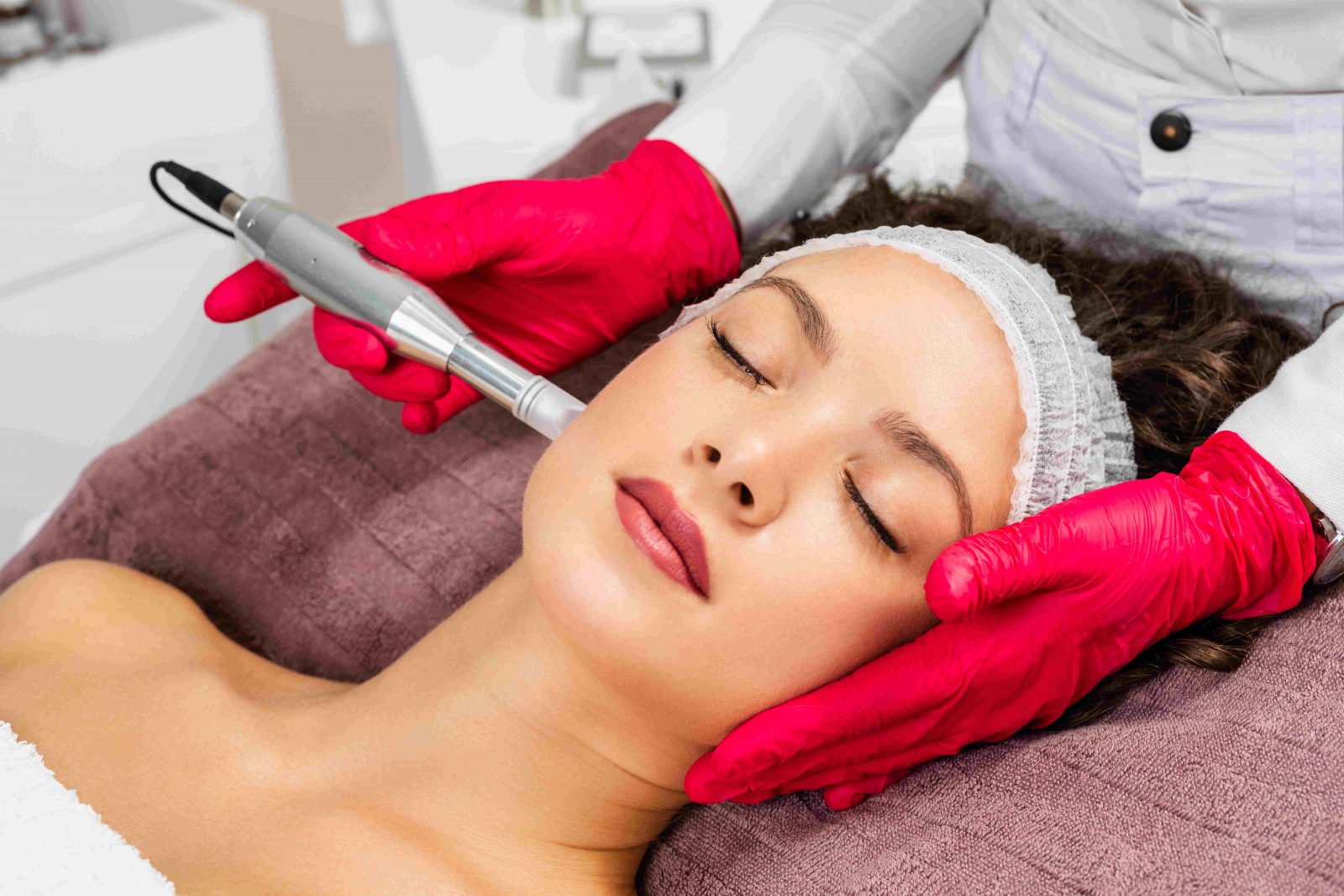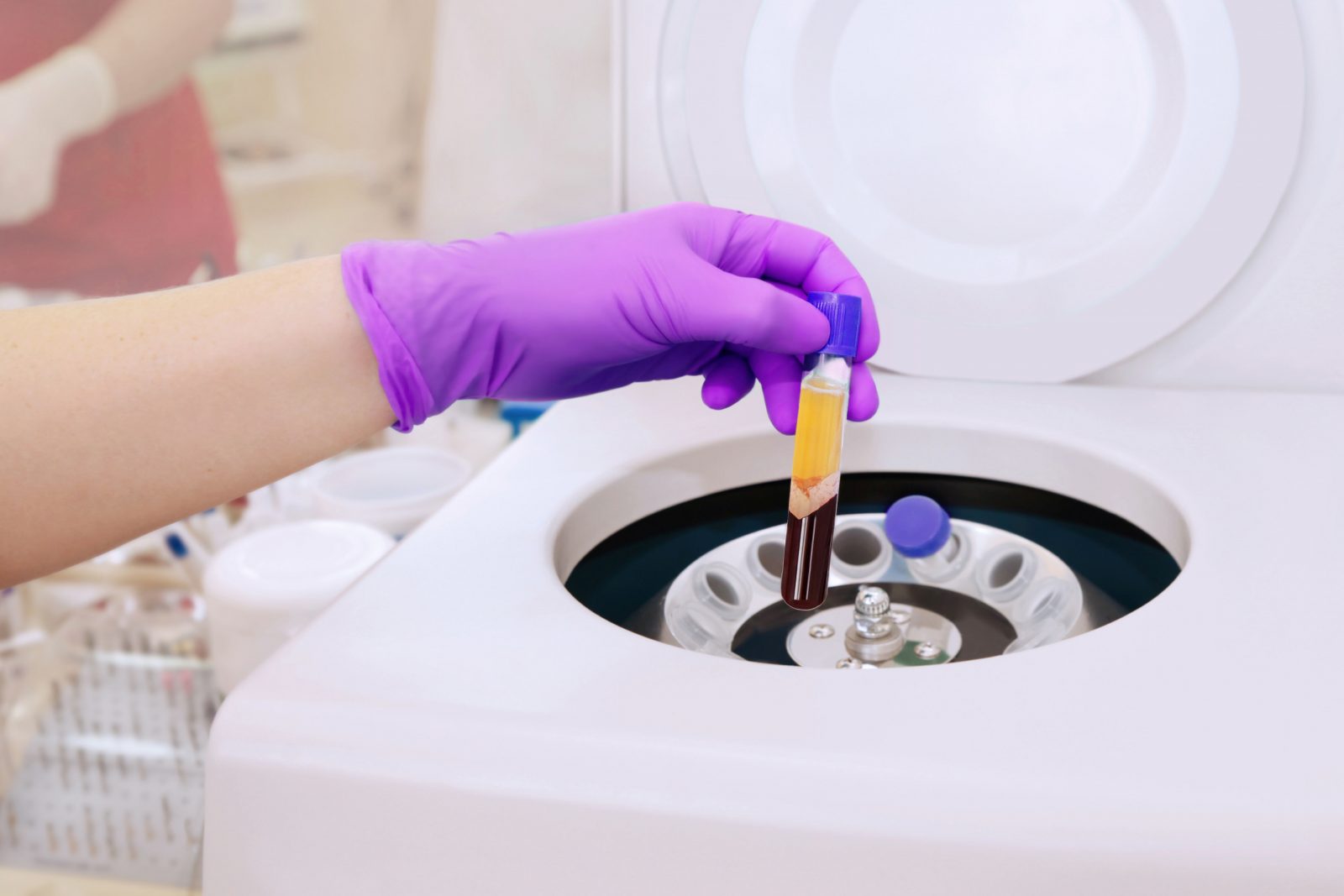Dr. Samuel Lin is a double board-certified Plastic Surgeon and Associate Professor of Surgery at Harvard Medical School who practices in Boston, Massachusetts. Dr. Lin received his Bachelor’s degree in Biomedical Engineering at Northwestern University and was enrolled in the Honors Program for Medical Education at Northwestern University, Feinberg School of Medicine, Chicago, Illinois. Dr. Lin is board certified by both the American Board of Plastic Surgery and the American Board of Otolaryngology-Head and Neck Surgery. Dr. Lin is board certified by two ABMS boards. He is Program Director of the BIDMC-Harvard Plastic and Reconstructive Surgery residency, and Co-Director of the Harvard Aesthetic and Reconstructive Plastic Surgery Fellowship at BIDMC. Dr. Lin has been a Boston “Top Doc” for several years in plastic surgery.

Platelet Rich Plasma (PRP) is a component of blood that contains many factors that stimulate the healing of skin and soft tissues. PRP has been used in many areas including wound healing, skin and facial rejuvenation, hair restoration, and musculoskeletal rejuvenation. PRP has become increasingly popular in recent years, possibly due to growing interest in a relatively low-cost, minimally invasive, and natural way of addressing signs and symptoms of aging. Perhaps the use of PRP is most recognizable as the viral “Vampire Facial.” Here Haute Beauty experts Natalie Hassell and Dr. Samuel Lin, MD, FACS discuss the "supercharged," vampire facial. Here's what they had to say:
Traditional PRP contains mainly platelets and plasma, with some residual white and red blood cells left over from the PRP preparation process. “Supercharged” PRP refers to the addition of stem cells, often taken from fat, to the PRP. The addition of these cells may increase the healing potential of PRP. “Supercharged” PRP may additionally refer to PRP that has undergone more processing than traditional PRP to be more concentrated and contains fewer white and red blood cells. While the applications of supercharged PRP have not been extensively studied, its applications and benefits are likely similar to standard PRP. In a study of ten patients, supercharged PRP was shown to be effective for improving male pattern baldness.
In theory, a higher concentration of growth factors in PRP may increase its benefits. There is ongoing research regarding the optimal concentration of PRP. For some musculoskeletal uses, a higher concentration of platelets in PRP is preferred while a lower platelet concentration is preferred for other uses. Currently, the longevity of results with supercharged PRP vs. traditional PRP are unclear. It is possible that the increased concentration and/or the presence of additional stem cells in supercharged PRP may increase the longevity of the results, but more research is needed in order to definitively say.

PRP is often used with microneedling in what is termed a “Vampire facial.” In the same way, supercharged PRP can be used for many of the same treatments that regular PRP is used for. PRP is collected by first taking a sample of a patient’s own blood. This blood is processed using a centrifuge to isolate the PRP. In the case of supercharged PRP, the PRP may be further processed to concentrate it and remove any residual blood cells or a patient’s own stem cells may be added to the PRP. The stem cells are extracted from fat tissue which is obtained through liposuction. The PRP is then administered to the patient, typically through a series of targeted injections. If stems cells are being added to “supercharge” the PRP, liposuction is required to harvest the fat cells needed. Since fat is being harvested, it may be an ideal time to consider a fat-grafting procedure.
While there is limited evidence to support the use of “supercharged” PRP over regular PRP, there may be benefits in select situations. If you are interested in either regular or “supercharged” PRP, consult with a board-certified plastic surgeon to determine what procedures may be optimal for your individual situation.
References:
- Samadi P, Sheykhhasan M, Khoshinani HM. The Use of Platelet-Rich Plasma in Aesthetic and Regenerative Medicine: A Comprehensive Review. Aesthetic Plast Surg. 2019 Jun;43(3):803-814. doi: 10.1007/s00266-018-1293-9. Epub 2018 Dec 14. PMID: 30552470.
- Copcu HE. Supercharged Mechanical Stromal-cell Transfer (MEST). Plast Reconstr Surg Glob Open. 2021;9(5):e3552. Published 2021 May 10. doi:10.1097/GOX.0000000000003552
- Sharma A, Chouhan K, Bhatia S, Dashore S. Platelet-Rich Plasma in Androgenetic Alopecia. Indian Dermatol Online J. 2021 Nov 25;12(Suppl 1):S31-S40. doi: 10.4103/idoj.idoj_328_21. PMID: 34976879; PMCID: PMC8664169.
For more information, visit Dr. Samuel Lin's social media:
























